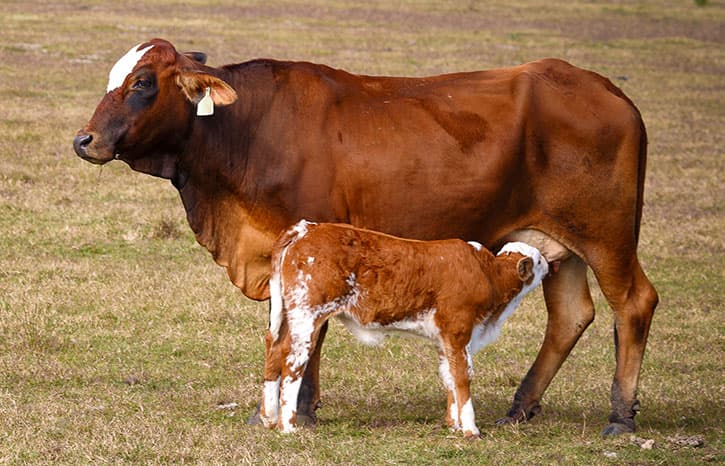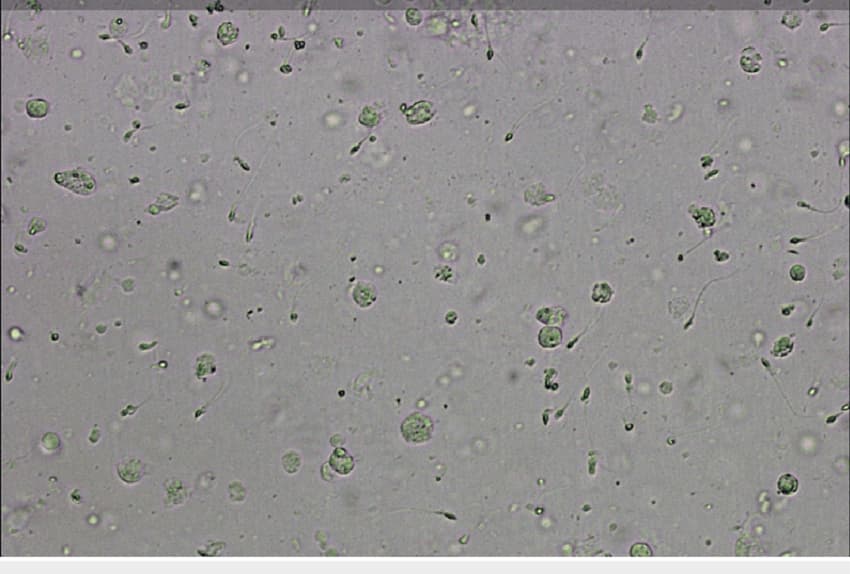The cornerstone of successful livestock management lies in understanding and optimizing bovine reproduction. Mastery of this topic not only enhances the efficiency of a farm but also ensures the health and productivity of cattle. This guide will delve into the nuances of bovine reproduction, highlighting the critical aspects that influence reproductive success.
Understanding Bovine Reproduction
Bovine reproduction is a complex process that is influenced by genetics, nutrition, health, and environmental factors. A thorough understanding of this process is essential for effective herd management and ensuring the sustainability of bovine populations.
The Reproductive Cycle
The bovine reproductive cycle is a series of stages that cows go through, encompassing estrus (heat), ovulation, and gestation. Recognizing and managing these stages effectively is paramount for successful breeding programs.
Breeding Methods
Various breeding methods are employed in bovine reproduction, each with its benefits and drawbacks. Traditional natural service competes with artificial insemination (AI) and advanced reproductive technologies like embryo transfer (ET) and in vitro fertilization (IVF).
Managing Reproductive Health
Reproductive health management encompasses strategies to prevent and treat reproductive disorders, optimize fertility, and ensure the well-being of both cows and calves. Proper nutrition, disease control, and stress management are vital components.
Technological Advancements
Technological advancements in bovine reproduction have not only transformed the approach to breeding and herd management but also paved the way for innovations that significantly boost efficiency, accuracy, and outcomes.
These advancements include sophisticated estrus detection systems, which utilize motion sensors and AI to accurately predict optimal breeding times, thereby increasing the success rates of insemination procedures. Genetic sequencing technologies have made it possible to identify and select specific traits, leading to healthier, more productive livestock.
Furthermore, mobile applications and cloud-based software platforms now allow farmers to track and manage the reproductive cycles of their cattle in real-time, from anywhere. This integration of technology into bovine reproduction offers unprecedented opportunities for improving genetic lines, optimizing breeding schedules, and ultimately, enhancing the sustainability and profitability of cattle farming operations. The combination of these cutting-edge tools and methodologies represents a significant leap forward in the field of animal husbandry, promising a future where precision farming becomes the norm, leading to more robust, efficient, and sustainable livestock production systems.
Comparison of Breeding Methods
| Method | Success Rate | Cost | Labor Intensity | Genetic Diversity |
|---|---|---|---|---|
| Natural Service | High | Low | Low | Moderate |
| Artificial Insemination | Moderate | Moderate | High | High |
| Embryo Transfer | High | High | High | High |
| In Vitro Fertilization | High | Very High | High | High |
Key Factors Influencing Bovine Fertility
- Genetic Makeup: Certain breeds exhibit superior fertility rates, influenced by genetic traits passed through generations;
- Nutritional Balance: Adequate nutrition, particularly minerals and vitamins, is crucial for optimal reproductive health;
- Environmental Stress: Extreme temperatures and poor living conditions can adversely affect fertility;
- Health and Disease Management: Preventing and promptly treating diseases is key to maintaining high fertility rates;
- Age and Weight: The age and weight of cattle at first breeding significantly impact their reproductive longevity and success.
The Role of Precision Livestock Farming
Precision livestock farming (PLF) utilizes advanced technologies to monitor the health, welfare, and productivity of individual animals in real time. This section will explore how PLF tools, including wearable sensors and automated feeding systems, contribute to improved reproductive management in bovines. These technologies allow for early detection of estrus and health issues, tailored nutrition plans, and stress reduction, thereby enhancing fertility rates and overall herd efficiency.
Sustainability in Bovine Reproduction Practices
Sustainability in bovine reproduction encompasses practices that ensure the long-term viability of livestock production in harmony with the environment. This would cover sustainable breeding practices that focus on genetic diversity, disease resilience, and reduced environmental footprint. The section will highlight how sustainable practices not only contribute to the ecological balance but also support economic profitability and social responsibility within the agricultural sector.
Conclusion
Optimizing bovine reproduction is crucial for the sustainability and profitability of livestock operations. Understanding the reproductive cycle, choosing the right breeding method, and managing reproductive health are all keys to success. With technological advancements continuously emerging, the future of bovine reproduction looks promising, offering opportunities for enhanced efficiency and genetic improvement.



